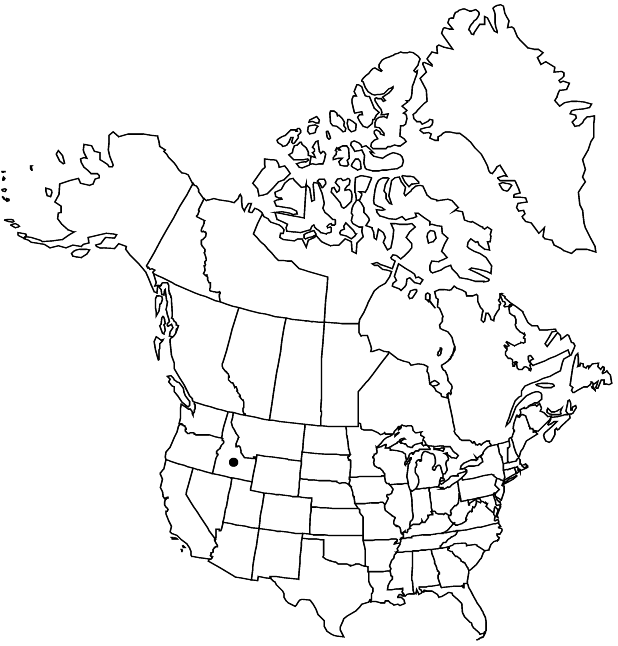Difference between revisions of "Douglasia idahoensis"
Brittonia 33: 52, fig. 1. 1981 ,.
FNA>Volume Importer |
imported>Volume Importer |
||
| (One intermediate revision by the same user not shown) | |||
| Line 7: | Line 7: | ||
}} | }} | ||
|common_names=Idaho dwarf primrose | |common_names=Idaho dwarf primrose | ||
| + | |special_status={{Treatment/ID/Special_status | ||
| + | |code=E | ||
| + | |label=Endemic | ||
| + | }} | ||
|basionyms= | |basionyms= | ||
|synonyms= | |synonyms= | ||
| Line 45: | Line 49: | ||
|publication title=Brittonia | |publication title=Brittonia | ||
|publication year= | |publication year= | ||
| − | |special status= | + | |special status=Endemic |
| − | |source xml=https:// | + | |source xml=https://bitbucket.org/aafc-mbb/fna-data-curation/src/2e0870ddd59836b60bcf96646a41e87ea5a5943a/coarse_grained_fna_xml/V8/V8_543.xml |
|genus=Douglasia | |genus=Douglasia | ||
|species=Douglasia idahoensis | |species=Douglasia idahoensis | ||
Latest revision as of 22:44, 5 November 2020
Plants loosely cespitose mats with branched caudex. Stems prostrate to ascending, with terminal, green leaf rosettes. Leaves erect, reflexed in age, succulent; blade oblong to oblanceolate, 7–10 × 1–2 mm, margins entire, apex acute or obtuse, surfaces puberulent, glabrescent, hairs simple. Scapes 1–6 mm, elongating little in fruit, hairy, hairs simple and forked. Inflorescences 2–7-flowered, bracteate; bracts 5–9, lanceolate to ovate-lanceolate, 2.5–0.7 × 0.7–1.2 mm, with scattered, simple hairs. Pedicels 3–7 mm. Flowers: calyx 4–7 × 2 mm, with simple hairs; corolla pink to magenta with yellow throat, limb 10–12 mm diam., lobes 3–6 × 4 mm, margins emarginate or entire. 2n = 36.
Phenology: Flowering mid summer.
Habitat: Gravelly soils, subalpine
Elevation: 2000-3000 m
Discussion
Douglasia idahoensis is known only from a narrow region of northern Idaho. Its fleshy leaves and multiflowered inflorescence are distinctive. Morphologically and geographically, it is closest to D. laevigata; molecular genetic analyses show a closer relationship to D. montana. The single chromosome count of n = 18 for this species is somewhat questionable because it represents an anomaly for the genus, which typically has a base number of 19; this count should be verified.
Selected References
None.
